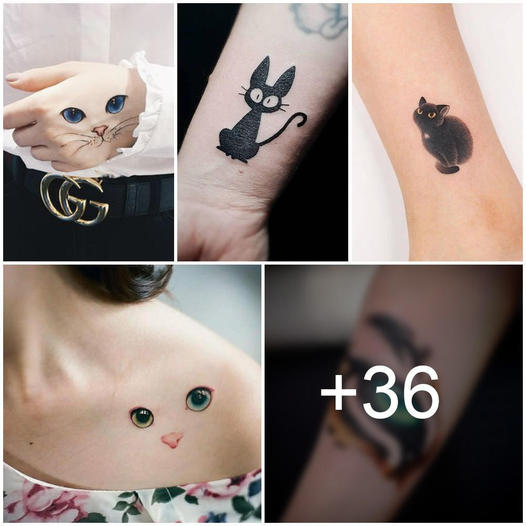
The earliest evidence of cat tattoos can be traced back to ancient Egypt, where cats were worshipped as sacred animals. In the Egyptian culture, cats were associated with the goddess Bastet, who was the protector of women and children. The people of ancient Egypt believed that by adorning their bodies with cat tattoos, they would be under the protection of Bastet and would be blessed with her grace and strength.






In addition to Egypt, cats also held a significant place in the culture and mythology of ancient Greece and Rome. The Greeks associated cats with the goddess Artemis, who was often depicted with a cat by her side. The Romans, on the other hand, saw cats as symbols of independence and cunning, and they were often depicted in their art and literature. As a result, cat tattoos were also popular among the citizens of these ancient civilizations.
Moving forward in time, cats continued to hold cultural significance in various other parts of the world. In medieval Europe, cats were associated with witchcraft and were often included in spells and rituals. This association with magic and mystery made cats a popular choice for tattoos among the people of that time. In contrast, in Asian cultures, cats were seen as symbols of good fortune and were believed to bring luck and prosperity. The Japanese, in particular, have a tradition of depicting cats in their art and literature, and this has influenced the popularity of cat tattoos in modern times.
In addition to their cultural significance, cat tattoos have also held personal meanings for individuals. In some cultures, cats are seen as symbols of femininity, grace, and elegance, making them a popular choice for women. On the other hand, for men, cat tattoos may represent qualities like strength, courage, and independence. For some, a cat tattoo may have a personal connection to a beloved pet or symbolize their love for these beautiful creatures.





